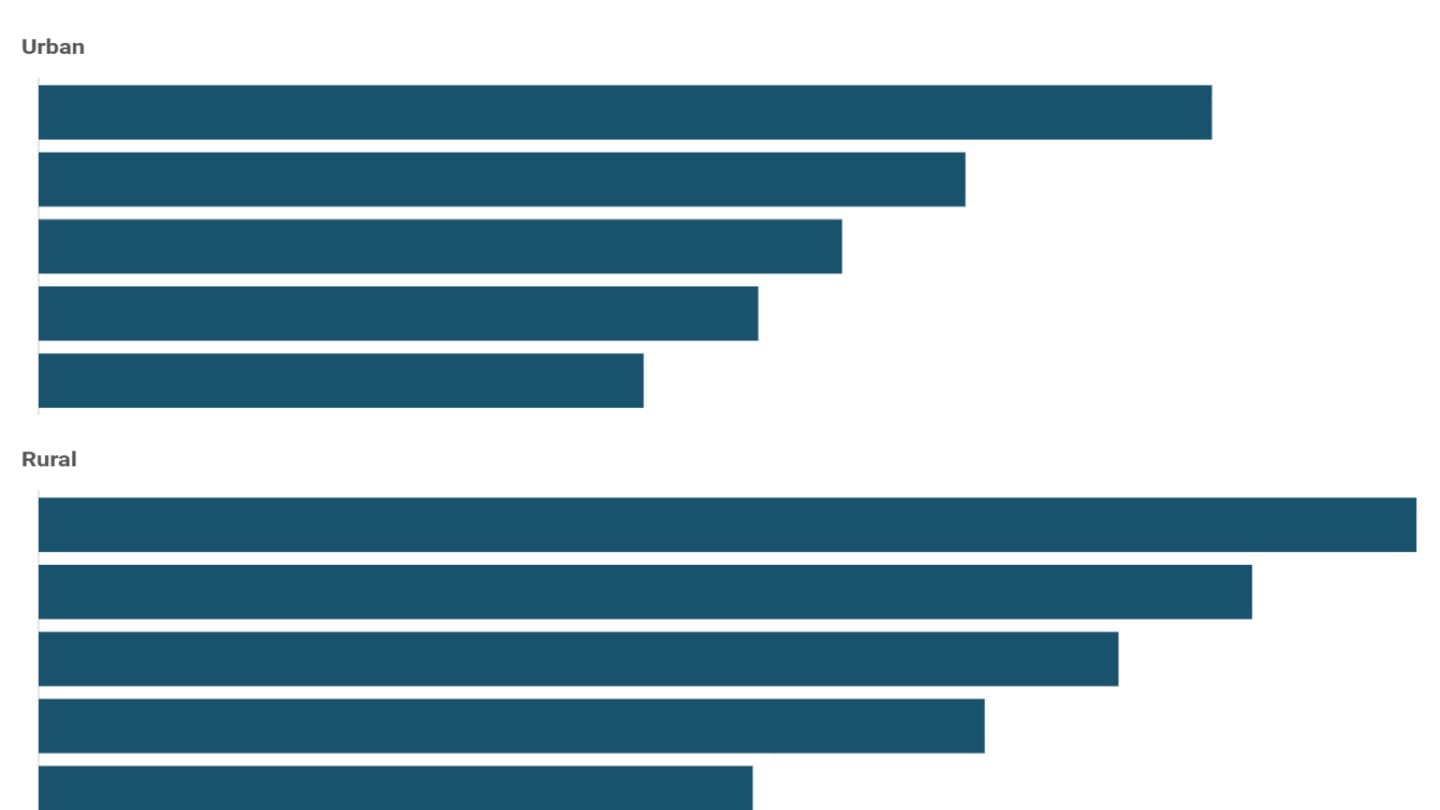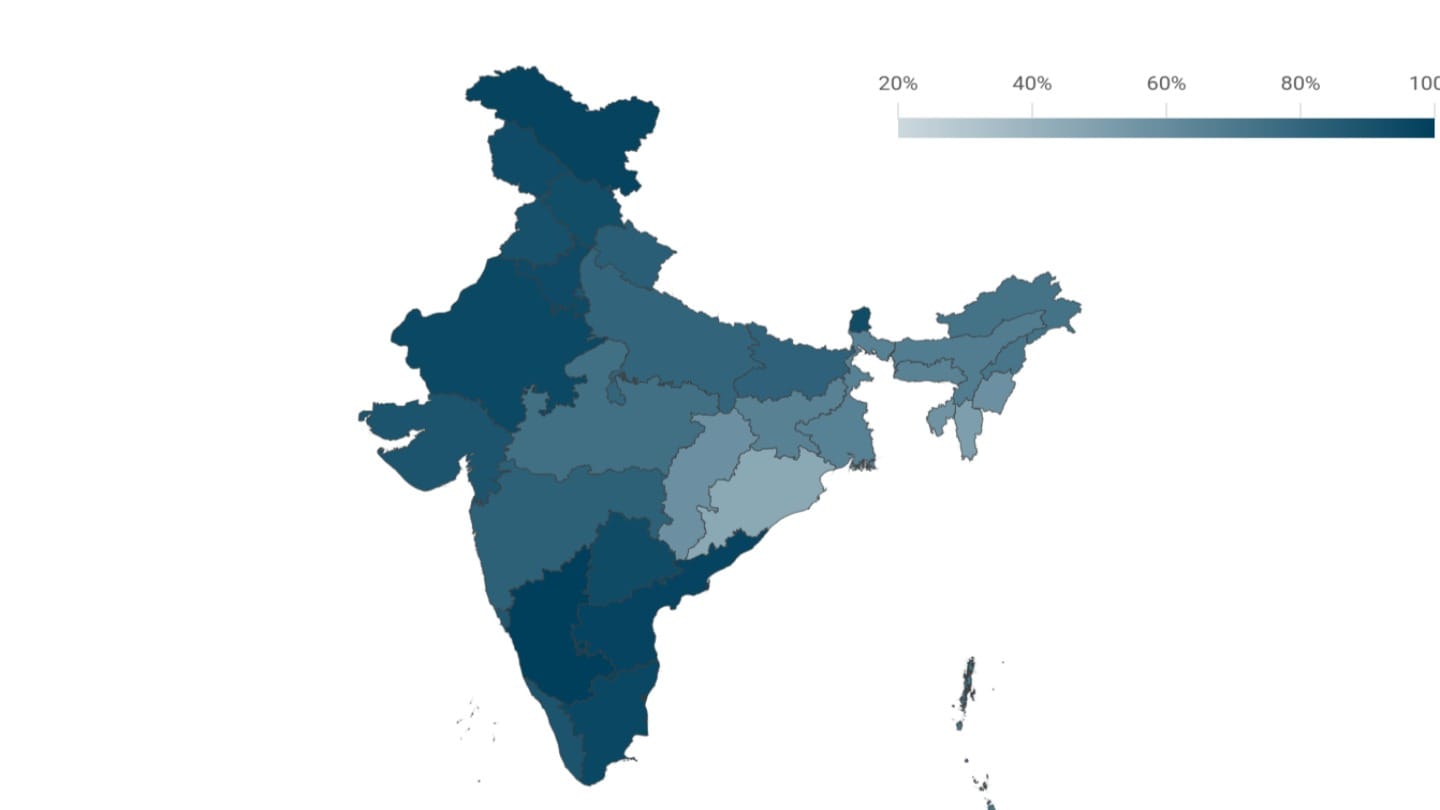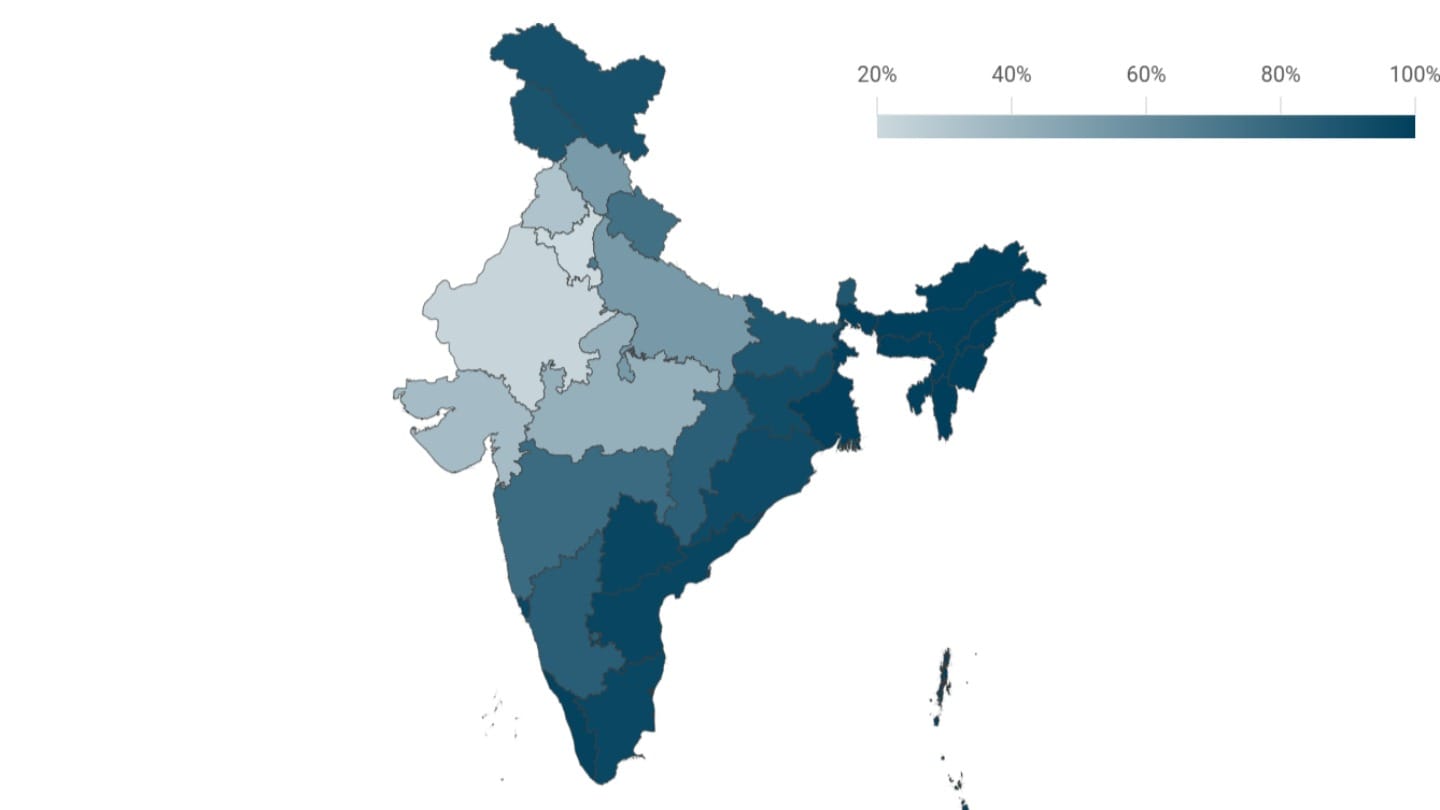India's disease transition
India is in the midst of a key public health transition, with communicable diseases now accounting for a falling share of deaths.
Across the world and over time, growth and development transform what people get sick and die of.
The World Health Organization splits the causes of death into three broad categories:
(i) communicable, maternal, perinatal and nutritional conditions - these include vector-borne diseases like malaria, as well as deaths from conditions associated with pregnancy, childbirth and early life
(ii) non-communicable diseases - these include cardio-vascular diseases, cancers and other diseases that do not spread through contact, air or vectors, and
(iii) injuries - these include homicides, self-harm and road accidents.
The epidemiological transition
When a group - either geographical or social - is at low levels of income with poor nutrition and low levels of access to a clean environment and healthcare, communicable diseases and conditions related to childbirth account for most deaths. As groups get richer and older, deaths from these causes become more preventable and less common. As a result, the relative share of deaths from non-communicable diseases such as heart disease and cancer begins to rise.
India is in the midst of this transition, a moment that in public health is called the epidemiological transition from communicable diseases and conditions surrounding childbirth to non-communicable diseases as the leading cause of mortality.
The epidemiological transition in Indian states
The extent of the shift from communicable diseases being the leading cause of death to non-communicable diseases varies by region within India. India's richer states are further along in their epidemiological transition, having reached the point where non-communicable diseases account for the majority of deaths two decades ago. In India's poorer states[1], on the other hand, the epidemiological transition is much more recent.
Communicable diseases still account for over 30% of deaths in India's poorest states, while in India's better off states, communicable diseases now account for fewer than 20% of deaths. Non-communicable diseases now account for over half of all deaths in both India's less and more developed states, but the extent of mortality caused by non-communicable diseases is significantly higher in the richer states.
Communicable diseases
Roughly 10 million people die every year in India. Of these, nearly one-quarter, or over 2.34 million deaths, are from communicable diseases.
Among communicable diseases, respiratory infections including influenza and pneumonia are the leading cause of death, and are particularly deadly to young children and to the elderly. While respiratory infections have accounted for the largest share of deaths from communicable diseases for several years now, the share of deaths from respiratory infections grew significantly in 2020-2022 on account of the COVID-19 pandemic. Tuberculosis remains a key cause of death in adults and, prior to the COVID-19 pandemic, was the communicable disease that contributed to the most deaths in Indians aged 15-70.
Communicable diseases are particularly deadly for the young and account for a third of deaths in children under the age of 14 in India.
Communicable diseases are often difficult to diagnose both during treatment and after death in low-income settings where laboratory testing is not always possible. As a result, a large share of deaths among communicable diseases are from "fever of unknown origin" according to India's official statistics.
Non-communicable diseases
From middle age onwards, non-communicable diseases led by heart disease become the leading cause of death, as the relative risk from infectious diseases declines, and age and factors including obesity and hypertension put people at greater risk.
As India gets richer and simultaneously ages, non-communicable diseases now account for more than half deaths in India. Among non-communicable diseases, heart disease[2] is the largest contributor to Indian mortality and is now responsible for one in three deaths.
Cancer kills over 6% of Indians every year, with a higher contribution to mortality among those in their late 40s and early 50s in particular. 15% of deaths of women aged 30-54 are from cancer.
Deaths from causes other than disease: Injuries
Roughly one in ten deaths in India is from causes that do not have to do with disease but are from injuries, more so among men. Early adulthood is the only period of time in India where the greatest risk of death is not from disease, but from either injury or self-harm. For older children (age 5-14), injuries as a result of falls, drownings and other accidents become an important cause of mortality, accounting for one in five deaths. Among young women (aged 15-29), self-harm accounts for the most deaths. Among young men (age 15-29), road accidents have become the leading cause of death.
Assigning causes of death in India
For this piece, we use estimates for cause of death based on India's Sample Registration System's annual Causes of Death report which studies around 140,000 deaths across a sample population of over 8 million people every year. The latest report is for the period 2021-2023.
SRS enumerators ask a household member to describe in their own words and language the symptoms and circumstances around a death in the household, and two trained doctors later evaluate the description and code up the cause of death - a process called "verbal autopsy" that was designed for low-income settings.
However, many deaths cannot be properly classified even through the SRS - over 10% of deaths (and more than 13% in the case of women) were classified as "ill-defined" in the latest SRS report. Even within communicable diseases, the second largest share of deaths is attributed to "fever of unknown origin" without a specific cause identified.
Additionally, the SRS does not make its raw data available. As a result, some deaths are grouped into categories like "other bacterial infections", but cannot be disaggregated by us. Data on all causes of death as listed by the SRS is also available in the Explorer at the end of the piece.
For more on mortality measurement, read our piece on it here.
Use our data explorer to look at all causes of death by age group and gender
[1] The Sample Registration System classifies Bihar, Jharkhand, Madhya Pradesh, Chhattisgarh, Odisha, Rajasthan, Uttar Pradesh, Uttarakhand and Assam as "states that have had historically higher child mortality indicators, higher poverty levels and lower life-expectancy and other indicators than most other states".
[2] Ischaemic heart disease in particular - also called coronary heart disease or coronary artery disease, it refers to cardiac problems caused by narrowed heart (coronary) arteries that supply blood to the heart muscle




